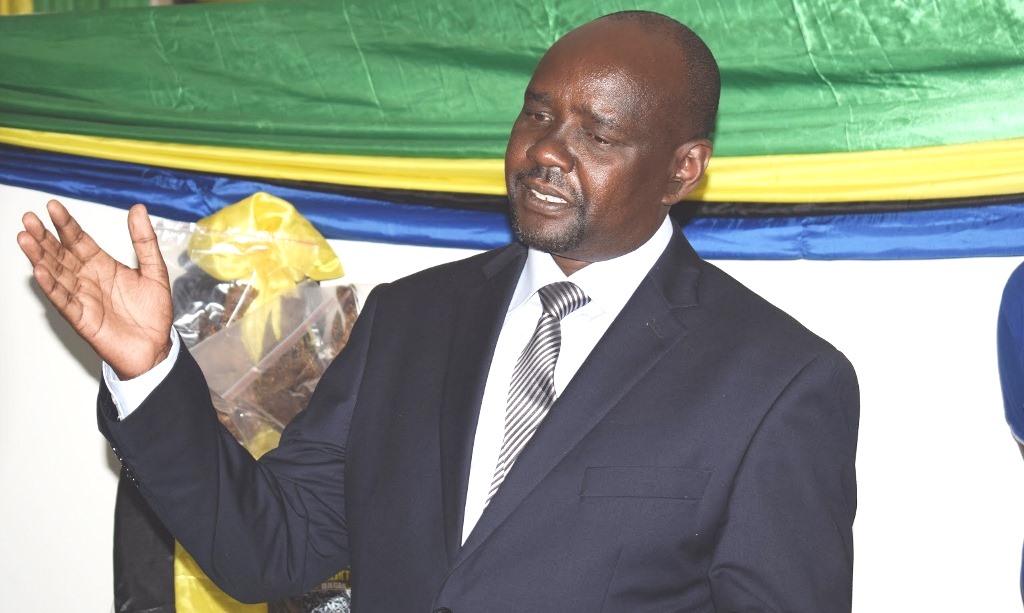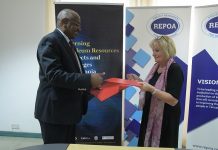IN a bid to solve future employment crisis, Tanzania is investing nearly 100 billion/- towards the construction of 43 new technical colleges across the country, with the one being planned at Dodoma to serve as an exemplary training institution.
Deputy Minister for Education, Science and Technology, William Ole Nasha, stated here that, the government was aware of the importance of technical training in empowering the youth for self-employment, productivity and essential skills.
“While we are doing everything possible to create employment among young people, it is also important to facilitate them to become self-reliant and create their own jobs based on skills earned from technical training,” Ole Nasha maintained.
The deputy minister was speaking during the occasion to lay the foundation stone at Kikuletwa Hydro-Electric Power Centre, which is the country’s first and advanced training facility and research base which doubles as a college as well as centre for churning electrical power through the use of the gravitational force of flowing water.
The government of Norway is collaborating with Tanzania in the development of the auxiliary Kikuletwa Power Station located between Arusha and Kilimanjaro regions, making it the country’s alternative electricity churning plant as well as centre for provision of hydro-electric power production training.
The envoy of the Royal Norwegian Embassy in Tanzania Ambassador Elisabeth Jacobsen, lauded Tanzania’s initiative in investing in technical studies, pointing out that by the year 2030, the world population will be in need of 600 million jobs, a problem that can only be solved through technical training.
“In line with that, Norway will continue to support the Arusha Technical College as well as the Kikuletwa power project,” she assured.
Previously, the Acting Rector for ATC Engineer Masudi Senzia revealed here that for many years the country has been sending its hydro-power technicians to study in Zambia or overseas but now that the Kikuletwa facility is in place, it will be the turn for the overseas experts to come to study here in Tanzania.
Fields of training at the Kikuletwa hydropower facility, according to the Acting Rector, include hydropower plant operations and maintenance, domestic electrical installation, plumbing and pipe fitting and masonry brick work.
The Arusha Technical College feels that while other alternative sources of energy are being introduced worldwide, hydroelectricity, being renewable and relatively cheaper, will remain the ultimate power choice on the continent.
Six years ago, the Tanzania Electric Supply Company (TANESCO) handed the ownership of the dormant Kikuletwa Power Station to the Arusha Technical College for it to convert it into serious research and training base.
Constructed in the 1930’s the Kikuletwa plant was one of the first hydroelectric power plants in Tanzania, located at a section where the Kware River from Mount Kilimanjaro meets the Kikuletwa River from Mount Meru, providing good hydrological conditions for hydropower production.
Kikuletwa Power Station provided electricity to Arusha and Moshi municipalities for many years and later supplied electricity into the national grid but ceased operations in 1984.
Arusha Technical College rehabilitated and developing the power station to start serving as an international hydro-electricity training centre to supply the national grid.
Previous feasibility studies have indicated that the entire Kikuletwa cascade may potentially provide up to 17 MW of electricity.
The college is also using Kikuletwa as a training centre for hydropower technicians and artisans and as a test centre for its own micro-turbine generator.
Hydro-power is the most widely used form of renewable energy, accounting for 16 per cent of global electricity generation – 3,427 terawatt-hours of electricity production in 2010, and is expected to increase about 3.1 per cent each year for the next 25 years.
Hydropower is produced in 150 countries, with the Asia-Pacific region generating 32 per cent of global hydropower in 2010.
China is the largest hydroelectricity producer, with 721 terawatthours of production in 2010, representing around 17 per cent of domestic electricity use.







